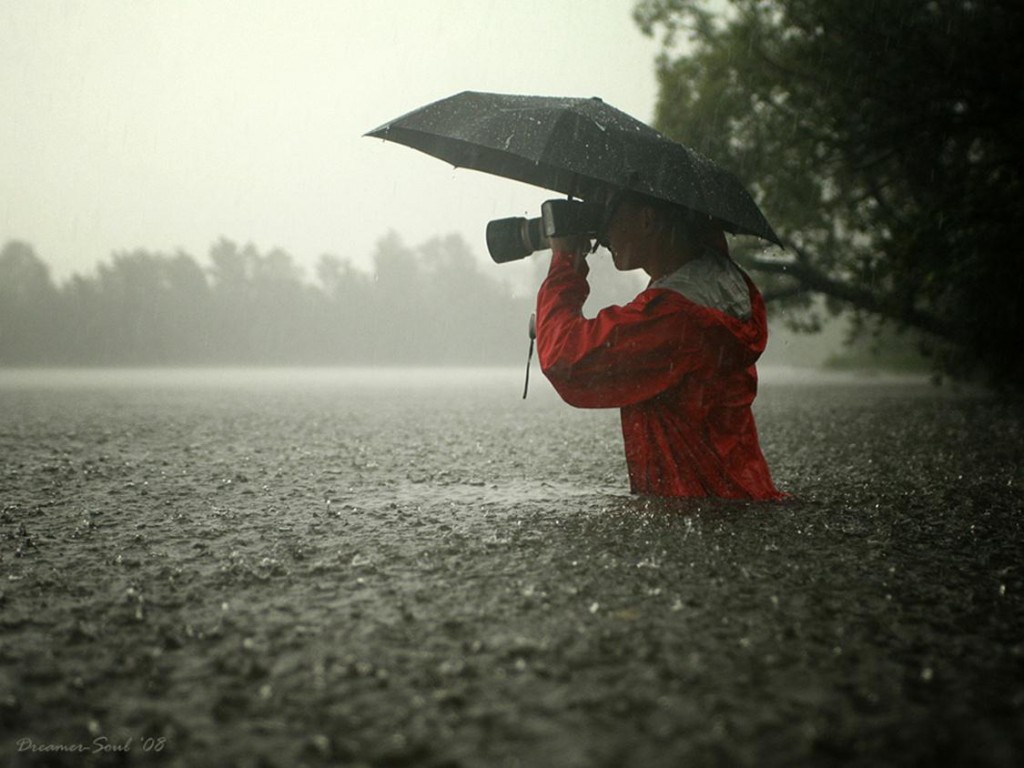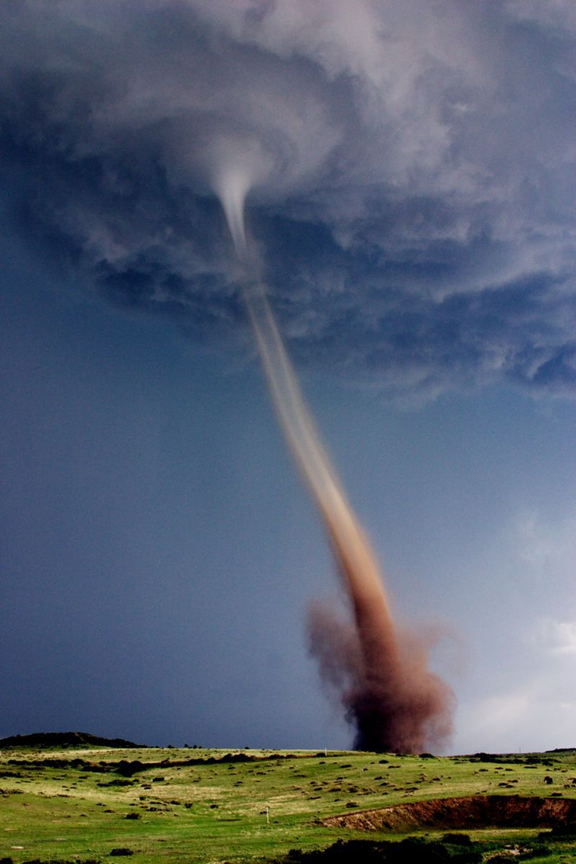Gone in a Flash
January 22, 2012 in Daily Bulletin
Kodak, the company known for its cameras and film, is a company that The Economist notes, was started “at the end of the 19th century”, dominated the 20th century, and did not last long in the 21st century. Last week the company filed for chapter 11 bankruptcy protection. The Economist reports:
- The company once had a 90% market share in North America and earned 70% margins.
- During the era of its dominance the company invested significant amounts in research and development. This would become the company’s undoing as it helped pioneer the very digital cameras that have cannibalized the company’s markets.
- Kodak’s experience shows that identifying future technology trends is rather easy but adapting a company to respond to them is incredibly difficult.
To read about the experience of other companies that suffered the same fate as Kodak as well as contemporary businesses that might be in danger of falling victim to the same experience, click here.
Source: The Economist












![wikipedia-book[1]](http://www.Centives.net/S/wp-content/uploads/2012/01/wikipedia-book1.jpg)





Join the Discussion! (No Signup Required)